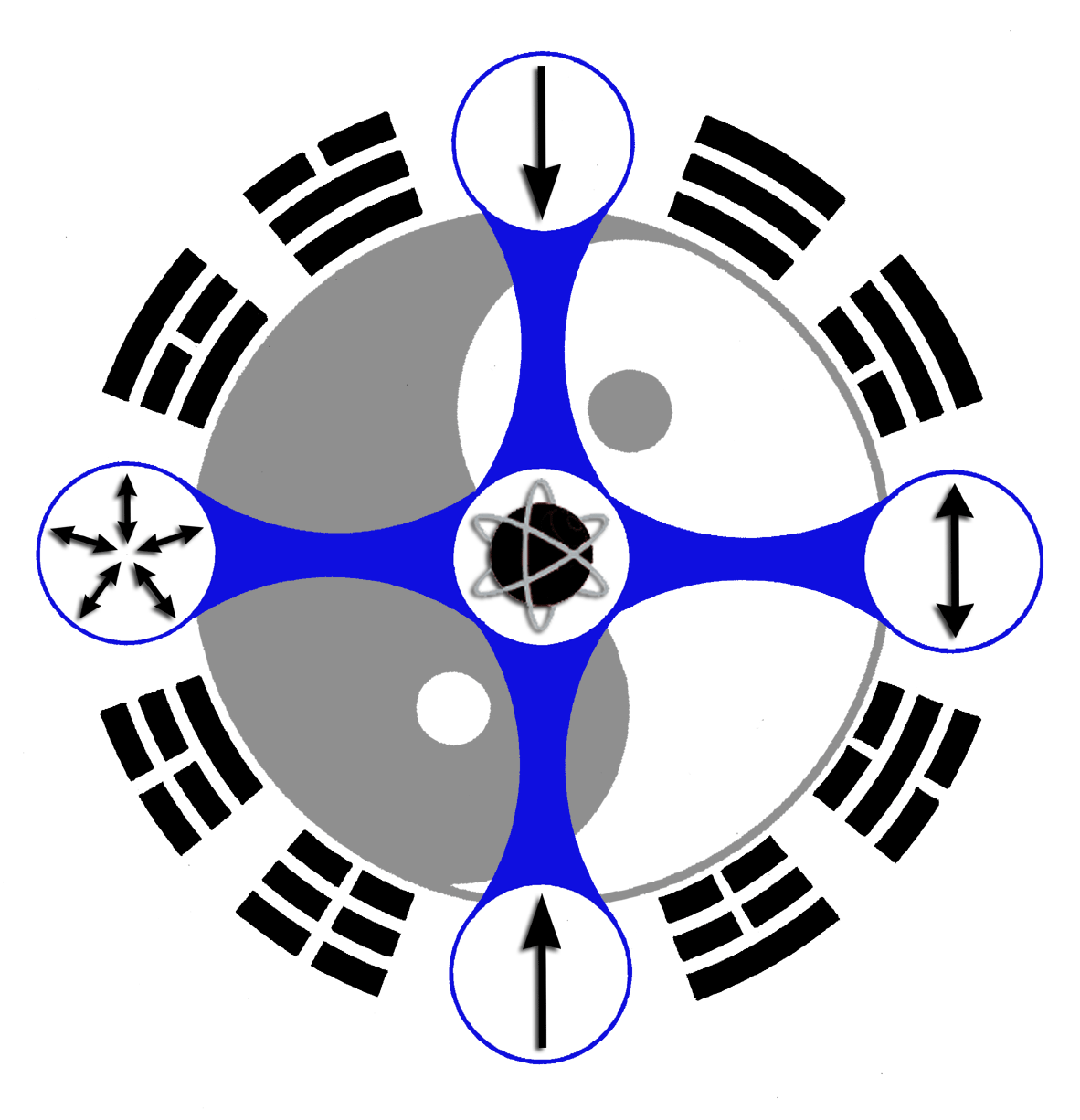Although people who train the internal arts of qigong, tai chi and bagua do so for a variety of reasons, all motivations can be classified into three general categories
Read MoreYou are being bombarded by noise – unrelenting distractions in the form of notifications, news and marketing…
Read MoreTaoists found that morning practice not only warms up the body by circulating blood and chi, but also wakes up the more intuitive aspects of the mind. However, the concerns in the Water Method go deeper.
Read MoreThe Water Method starts from the position that everything you need to be healthy and whole is already inside of you.
Read MoreFrom a Taoist perspective, loss is a natural part of living. You cannot live a life without losing something, and at the end of the day, you are going to lose everything, including your life. For this reason, the Taoists have always looked at how to become comfortable with letting go.
Read MoreThe fabric of Taoist energy arts is weaved from 16 neigong threads that intertwine to create the internal mechanisms and external “containers” of qigong, tai chi, hsing-i and bagua.
Read MoreIn Part Two, we’ll look at ji, lu and an, and how the four energies create a cycling of energy and different qi flow patterns throughout the body.
Read MoreLearning how to manifest the four primary energies in ever-changing sequences and patterns systematically opens up the body and mind, and allows you to gain access to profound states of being.
Read MoreThe Water Method, first coined by Lao Tzu, author of the Tao Te Jing, twenty-five hundred years ago, comes from the teachings of the Taoist oral tradition and has existed for many millennia.
Read MoreIn Part 1, we discussed how breaking the reciprocal-inhibition habit and using moderation are essential to healing. Now we’ll look at how consistency and personal factors also play key roles.
Read MoreIf I were to summarise the vast majority of enquiries I receive in a single question, it would be, “Can qigong heal X”? – you name it.
Read MoreThe goal of all Taoist movement arts is to move energy (qi) in the body, which can be done through direct or indirect methods.
Read MoreDo not get discouraged. This is the time when you must keep practising in order to advance. Do not go for broke and push past your two-thirds of comfortable ability by trying to force progress to happen…
Read MoreWhen training exercise of any kind over long periods of time, reaching plateaus and temporarily struggling to overcome them are normal events…
Read MoreIn the manifest realm of duality, if there is an action, there is an equal and opposite reaction: an opening is followed by a closing, and the cycle repeats ad infinitum….
Read MoreSoft living is truly going against the tide of society, but more and more people are waking up to the fact that they want to get back to being a human being instead of a human doing…
Read MoreSoft living is a new term for an old paradigm that has existed in the East for millennia. Ancient Chinese practiced a system of moderation…
Read MoreSeparate and combine is a Taoist principle for deep learning that has been used for millennia. The principle states that once a basic movement, set or form has been…
Read MoreIn our previous post, we introduced The Rule of Thirds—a primary principle of the Water method that promotes the conservation of energy that…
Read MoreThe Rule of Thirds is so fundamental to all Water method energy arts training that it is one of the Five Primary Principles. However, it’s also by far the most elusive….
Read More



















